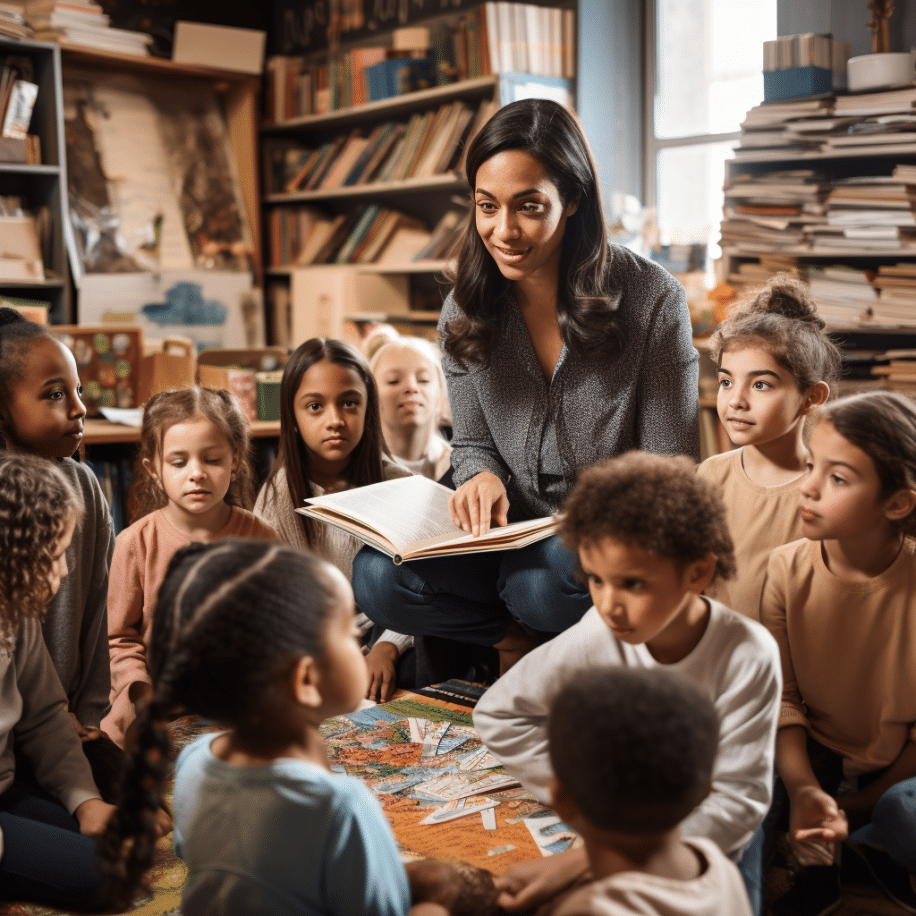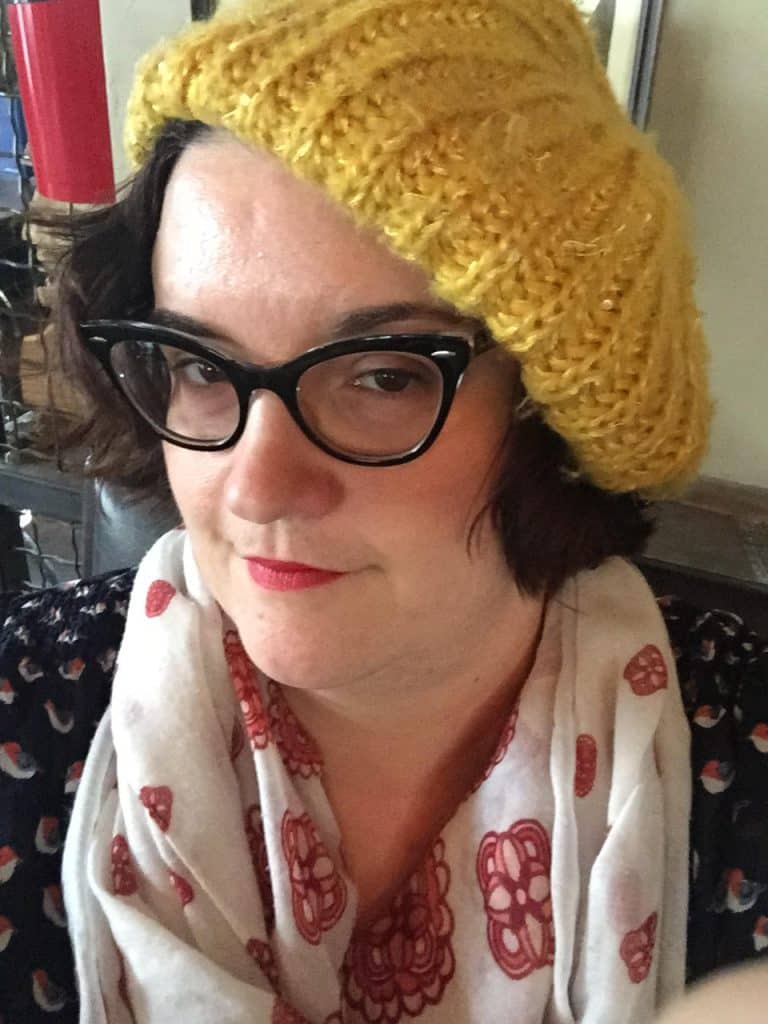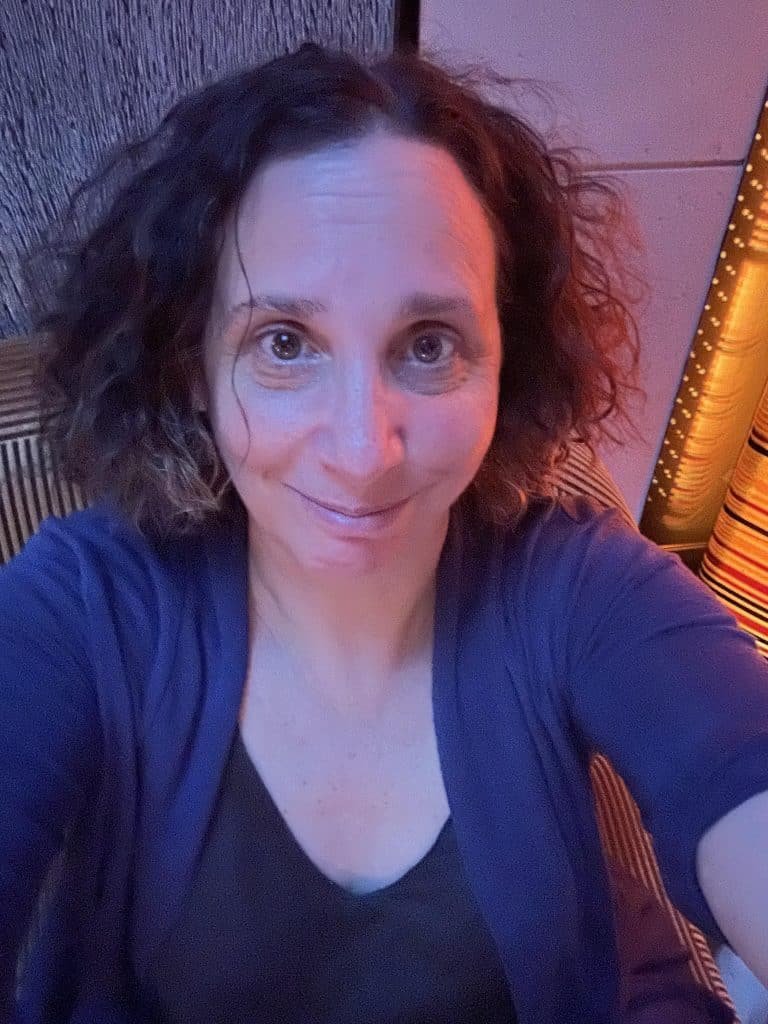By Lauren Davenport and Marie Southwell
Just Read: A few years ago, on a visit to the library, a wonderful teacher I knew, Mr. Andrew Cedermark, was in the shared campus library with one of his classes. We had a history of talking shop and collaborating even though we work in separate schools, so when I asked him what his kids were doing, he said, “Just reading. That’s it.” It was the boldest and most radical statement I’d heard in years.
Independent reading is always a conundrum for teachers. The conundrum that teachers push up against is how they can let students just read. What if they aren’t reading? How do teachers grade their time in the library? What about the test?
The Decline of Reading
I teach ninth grade ELA in a 9-12 high school in a Title One school smack dab in the middle of Midtown Manhattan. Like many other folks in my field, I’ve witnessed the decline of reading accelerate at the rate of the increase in smartphone usage. I’ve seen our whole society stop reading and start scrolling. I’ve asked myself if the process of holding a paperback in one’s hands to let a narrative slowly unfold is simply an antiquated practice reserved for people who might enjoy calligraphy or baking bread from scratch. A luxury, an activity for the rich, an activity for people who have “nothing better to do.”
In some ways, the answer to my question is “absolutely yes,” which is why for the past two years, with the help of our campus’s amazing Librarian, Marie Southwell, we’ve been piloting a reading program to let kids “just read in the library.” I think all students should have the right to read for reading’s sake and to luxuriate in a text about something they enjoy. Sounds simple, doesn’t it? It isn’t.
Ms. Southwell tells the humous anecdote about a teacher entering the library and saying: “WOW, what’s with all the manga!” Her response? “It’s what kids want to read.” A core tenet of librarianship is the Library Bill of Rights– students have a core right to read what they want, and as librarians, we create diverse collections to support their needs. Breaking down barriers to reading is an act of resistance. The problem is not always that teachers don’t want students to read, but teachers are fearful. We are asking teachers and administration to trust that students can read just for the sake of reading.
Weekly Library Visits
Other classes do visit the library, but they don’t come every week. A weekly visit allows relationships to form with the students, teachers, and their librarian! Students not only read but learn about different genres, and learn how to locate and research what they want to read. It has let me really know a group of students really well. Getting the perfect book into a kid’s hands has helped shape what books Ms. Southwell buys, the lists she curates, how many books are checked out, and the number of visits.
This year library circulation has doubled, moving from about 3,000 circulations to 5,500. Circulation only counts when a book is checked out and returned. During our two-year-long collaboration, more books were read in the library but weren’t necessarily counted in circulation. The most amazing piece of data is the number of student visits; last year, there were about 900 student visits, and this year, we had over 10,000 student visits to the library.
New York City Schools are some of the most segregated schools in our nation, and schools like mine, where the student body consists primarily of children of color, are assessed to death. Every lesson requires the assessment of a learning target, the creation of a learning “product” and data collection for evaluation, re-teaching strategies where needed, and other demonstrative methodologies to ensure that students are “catching up” to their suburban peers.
Learning Loss and Reading
Covid, as you might imagine, has only made matters worse with terms floating around like “learning loss” and “accelerated learning,” all created in a desperate attempt to prove how equitable and determined our schools are in serving our students. The press on the negative outcome of “Balanced Literacy” programs in NYC has only made my life harder. In fact, the city is rolling out yet another mandated ELA curriculum with scripted lessons to try to demonstrate how important literacy is to NYC schools.
There is a gross exaggeration that poor students read well below grade level when that is not at all always the case, and perhaps instead, the question should be asked, is our entire country well below grade level, or have we changed our habits? Also, some students are so far ahead that they need challenges and independence– not additional modifications and low standards– which they are too often fed.
Secondly, what on EARTH makes educators insist that choosing the material they should read will result in reading gains? I absolutely believe in reading whole-class novels. I believe that students should read the classics and modern stories and culturally relevant stories too. Any beautifully crafted story which helps a student understand what it means to be human is worth reading. However, if we don’t allow, encourage, and create spaces for students to choose their own books and read them in a safe and quiet environment (often lacking for them elsewhere), how can we also expect them to read the books that are more challenging? My students LOVE Manga. They read an entire series enthusiastically and quickly, and yes, that means I allow them to “read comic books.” But ask yourself this, is reading a “comic book” better than scrolling Tik Tok?
The Right to Just Read
Sadly, I recognize that I don’t have the right to let my students “just read.” Generally speaking, administrations and districts feel that simply reading a book is not considered measurable or sufficiently structured. So, we tried to strike a sort of a compromise without completely abandoning our beliefs that the kids should pretty much be left alone to choose their own books, read them at their own pace, and create their own meaning.
The first year we ran the pilot, all we did was have students log their pages and track their own reading. We set whole class goals for focus and stamina. We asked the students to reflect: can you read for five minutes without stopping or without allowing your mind to wander? I dare you, dear reader, to take the same test. We have lost this skill, and it requires training and practice. Our students moved from two minutes to ten minutes over the course of eight months. We knew that this would not be enough to prove to any school district that the program works, and we knew it wouldn’t hold muster on a teacher evaluation either.
Reflect on Reading Habits
This year, we tried to add a few more accountable steps to encourage students to reflect on their own reading habits and struggles. Not only did they track their page numbers and books, but they also completed reading logs after each book they finished. Additionally, we had them try to “sell” their books to their peers by creating Book Trailers, Book Talks, and/or Mood Boards. We tried these both in whole-group settings and in small groups with mixed results.
I will be the first to admit that there were students who didn’t read a single book this year. Often, these were the same students who didn’t complete any work in any of their other classes either. I don’t like it. We found many children trying to use their phones during library time. There were plenty of kids trying to create bathrooms and water breaks to avoid reading. We created inventories of their likes and dislikes, and Ms. Southwell has tried a bunch of ways to visually catalog recommendations for students so that they can find a book that they like.
We also promote “abandoning books” after thirty pages if a book just doesn’t hold their interest because time is short. I want to be clear that the struggling readers are not now sitting at home reading books into the wee hours while their parents are calling me “Educator of the Year.” Not at all. This program needs work.
But we have also had students tell us:
“I liked the SSR [Silent Sustained Reading] unit because I was able to take a break from the usual class work and enjoy reading a good book.”–Tyler Robey, Freshman
“I read more on my own time thanks to this.” Ramses Gomez-Diaz, Freshman
“just me reading a book i want to read at my own paste [sic]” –Christopher Edwards, Freshman
Parents have said:
“My son is a freshman in high school, and he loves his library time. He enjoys the freedom he has to read books he loves at his own pace. This alone time has greatly motivated him to become a more avid reader.” Nancy J. Diaz Ramases Gomez Diaz’s Mom
“My son’s attitude toward school and learning has made a complete 360. One of the reasons is because he has the privilege and autonomy to be able to choose a book that interests and engages him. He’s always struggled with reading. His ADHD has always been a struggle when it comes to English, but this opportunity makes such a difference. It is just such an added bonus.”–Mrs. Rodriguez, parent of a ninth grader
“It is crucial for public high school students to readily have access to a library of books not only to study from but to read leisurely. As parents, we can encourage the love of reading at an early age but whether they take the wheel and continue into adulthood should be encouraged in more places than just the home. School is where children expand their reading skills, and this expansion includes beyond elementary and middle school. Reading allows us to acquire expanded vocabulary, a strong memory, and proper brain function preventing cognitive decline as we age. I implore you to allow school libraries to continue to provide a safe reading space for our high schoolers to just read, this may prevent adding to the millions of adults in the US who are illiterate.” — Caron Hinton, parent of a 9th grader
‘Library time is a highlight of my 9th grader’s schedule. It’s allowed him to find new authors he enjoys and enthusiastically shares what he’s reading with us, which helps him organize his thoughts and focus on key points. As kids get to progress through high school and college, their “required reading” list grows and grows, so it’s especially wonderful for them to have this time during school time to explore authors and subjects of their own choosing.”–Kari Van Hoof, parent of a 9th grader
What’s Next
We are trying to tweak and continue this reading program next year. We are also trying to encourage more teachers to schedule and devote reading time to their own classes. We dream of coherence and perhaps even some sort of informal scope and sequence for independent reading for each year. Students, for the first time this year, are required to read a book and complete a book trailer to be graded by next year’s ELA teacher in an effort to promote coherence and accountability. The ultimate outcome would be that school districts mandate library time in high schools the way it encourages independent reading time in elementary schools. Ultimately, we affirm and will continue to embody the belief that every child has the right to read.

Lauren Davenport is a proud NYC public educator and writer. Her two children, 15 and 12, also attend NYC Public Schools. Marie is a teacher librarian in NYC Public Schools and has been an educator for over 30 years. When not reading or drinking coffee, she is throwing the ball for her dog, Tobi Wan Kenobi.






